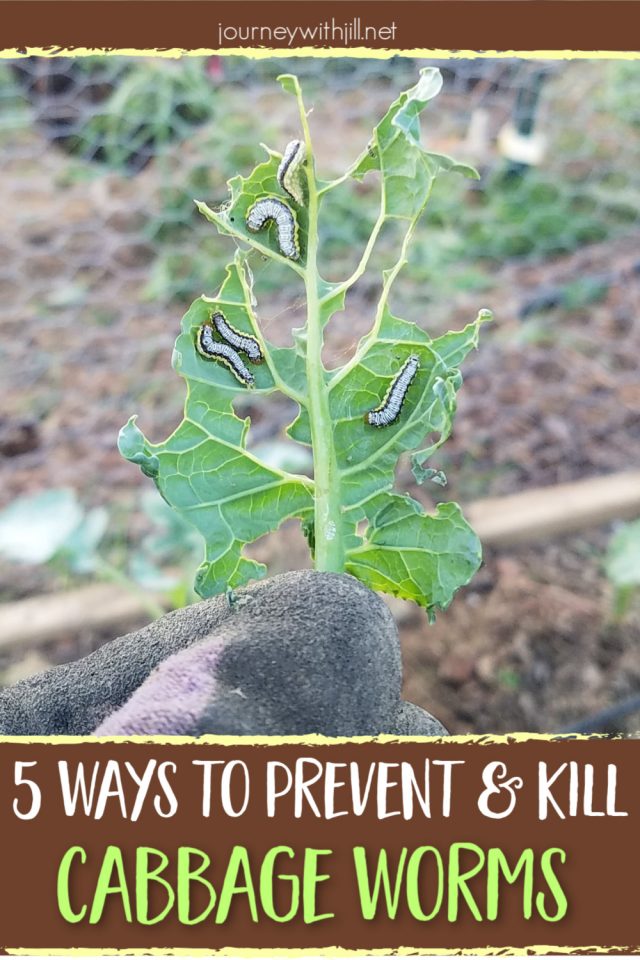Introduction
Cabbage worms are a common pest problem for gardeners growing cabbage, kale, broccoli, and other cruciferous vegetables. These small green caterpillars can cause significant damage by chewing holes in leaves, stunting plant growth, and reducing harvest quality. Getting rid of cabbage worms promptly is essential to protect your garden and ensure a healthy crop. In this article, we will explore proven methods to control and eliminate cabbage worms naturally and effectively, combining expert advice with practical tips.
What Are Cabbage Worms and Why Are They Harmful?
Cabbage worms are the larvae of the cabbage white butterfly. They blend in with the plant foliage, making them hard to spot until damage appears. These pests feed on the leaves, skeletonizing them and leaving behind holes that reduce photosynthesis and weaken plants.
- Signs of infestation: Holes in leaves, green caterpillars on undersides of leaves, and presence of white butterflies hovering around.
- Impact: Reduced vegetable yield, poor quality produce, and increased vulnerability to diseases.
Understanding their life cycle helps gardeners time their control measures effectively.
Natural and Organic Methods to Get Rid of Cabbage Worms
Handpicking and Manual Removal
One of the simplest and most effective methods is regularly inspecting plants and removing worms by hand. This is especially manageable in small gardens.
- Use gloves to pick off visible worms and eggs.
- Drop them into a bucket of soapy water to kill them.
- Perform inspections every few days during peak infestation periods.
Beneficial Insects and Biological Control
Introducing or encouraging natural predators reduces reliance on chemicals.
- Ladybugs and lacewings: Feed on eggs and young larvae.
- Parasitic wasps (Trichogramma): Lay eggs inside cabbage worm eggs, preventing hatching.
- Birds: Attract songbirds with feeders and birdbaths to increase natural predation.
Bacillus thuringiensis (Bt) Application
Bt is a naturally occurring soil bacterium that specifically targets caterpillars without harming beneficial insects or humans.
- Apply Bt sprays to affected plants following label instructions.
- It must be ingested by the worms to be effective, so thorough coverage of leaves is crucial.
- Repeat applications may be necessary every 7-14 days during infestation.
Cultural Practices to Prevent Cabbage Worms
Crop Rotation and Timing
Rotating crops yearly helps disrupt cabbage worm life cycles by removing their preferred food source.
- Avoid planting cruciferous vegetables in the same spot consecutively.
- Plant early or late crops to avoid peak butterfly activity.
Use of Row Covers and Physical Barriers
Covering plants with lightweight fabric barriers prevents adult butterflies from laying eggs.
- Use floating row covers immediately after planting.
- Secure edges tightly to soil to prevent entry.
- Remove covers during flowering to allow pollination if needed.
Keep the Garden Clean
Remove plant debris and weeds that can harbor pests or eggs.
Chemical Control: When and How to Use Pesticides Safely
While organic methods are preferred, sometimes chemical intervention is necessary for severe infestations.
- Use insecticides labeled for cabbage worms and apply according to directions.
- Prefer insecticides with low toxicity to beneficial insects.
- Apply in early morning or late evening to minimize bee exposure.
- Always wear protective gear and avoid overuse to prevent resistance.
Expert Tips for Long-Term Cabbage Worm Management
- Inspect plants regularly: Early detection allows for quick action.
- Combine methods: Use a mix of manual removal, biological controls, and cultural practices for best results.
- Maintain healthy soil: Strong plants can better resist pest damage.
- Educate yourself about pest cycles: Knowing when cabbage white butterflies are active helps time controls.
Conclusion
Getting rid of cabbage worms in your garden requires a multi-faceted approach. By combining manual removal, encouraging natural predators, using organic sprays like Bt, and practicing good garden hygiene, you can protect your vegetables effectively. Remember that prevention through crop rotation and physical barriers plays a crucial role in long-term pest control. Taking these expert-backed steps ensures a thriving garden free from the damage caused by cabbage worms. Start early, stay consistent, and enjoy healthy, pest-free crops season after season.
